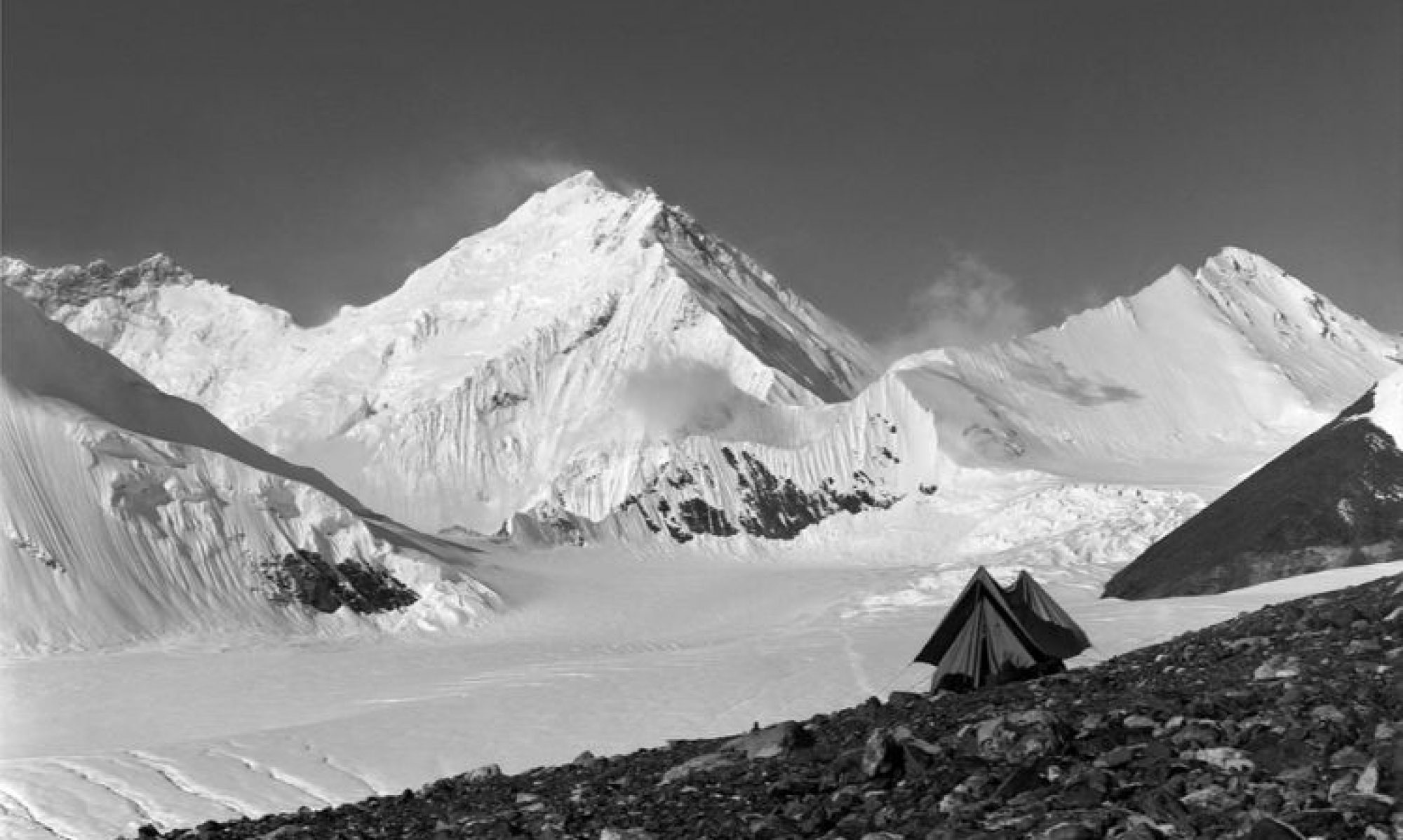At the outbreak of The Great War on June 28th 1914, Mallory is reported to have been deeply shocked, believing strongly that international disputes should be solved with diplomacy and not physical action, along with some of his friends, Geoffrey Winthrop Young and Duncan Grant, they were deemed as pacifists.
George’s brother, Trafford Leigh Mallory and two of his best friends, Robert Graves and Rupert Brookes all joined the British Army in the early days, although opposed to war, George began to feel a sense of duty and help the war effort. In December 1915, having watched several of his own favourite students enlist, George L Mallory signed up to serve in the British Army and commissioned from the Royal Military Academy (RMA, Woolwich) into the Royal Garrison Artillery (RGA).
On May 4th 1916, Mallory was first sent to serve on the front line in France as a young Second Lieutenant. That night Ruth wrote to her husband: “I think I must write to you tonight it makes me feel less far from you. I am alright dear. I am cheerful and I have not cried anymore. I had baby as soon as I got home till she went to bed and it was very comforting. She is more of a comfort than anything else I could have.” Mallory replied that her letters were like “great shafts of light which come pouring in on me”.
Mallory was assigned to the 40th Siege Battery, then position in the northern sector on the Western Front. That summer he took part in the Somme offensive. He wrote to his wife about the bombardment that took place before the infantry attack: “It was very noisy. Field batteries again firing over our heads (of course there are plenty in front of us too) and most annoying of them a 60-pounder which has a nasty trick of blowing out the lamp with its vigorous blast.”
Mallory wrote that he was “full of hope” that the offensive would be successful. On July 14th 1916 he sent another letter to Ruth Mallory arguing that: “It really seems as though we have given the Hun something of a whacking and also that his reserves are pretty well used up. Shall we find suddenly one day that the war is over – finished as dramatically as it began?” A few days later he was writing that “our hope of moving forward immediately seemed to have vanished.”
Later that month George Mallory saw flamethrowers in action for the first time. He described how he saw “a sort of liquid fire, a long line of trenches apparently on fire and exploding with great flashes and clouds of sparks.”
On August 15th 1916 he wrote about the large number of people killed during the Somme Offensive; “I don’t object to corpses so long as they are fresh… With the wounded, it is different. It always distresses me to see the.” As a member of the Royal Artillery he was less likely to be killed or wounded than in the infantry. He told his wife: “The chance of survival in my branch of the services is very large.”
Mallory was constantly worried about the dangers of killing his own men. He wrote in a letter to his wife about this fear: “Before I went to sleep I heard distinctly from the murmur of voices in the tent some mention of our troops being shelled out of a trench by our own guns… I can’t tell you what a miserable time I had after that. You see, if my registration had been untrue, it was my fault… I went over and over again in my mind all the circumstantial evidence that it was really our shells I had seen bursting and had horrid doubts and fears.”
Lieutenant Mallory went on leave in December 1916. When he returned to the Western Front he became a liaison officer to a French unit. He wrote a letter to his wife about the conditions on the front-line: “The surroundings are indescribably desolate and dotted with small crosses. We haven’t many dead in the trenches (at least only one decapitated unfortunate has been discovered below the surface) but those outside could well do with some loose earth over them.”
In May 1917, he was forced to return to England to have an operation on an ankle injury that made it very difficult to walk. In September 1917 Mallory was sent to Winchester to train on some new guns. He was later sent on a battery commander’s course in Lydd.
Mallory returned to the Western Front in September 1918. He joined 515 Siege Battery RGA near Arras. His commanding officer was Gwilym Lloyd George, the son of David Lloyd George, the prime minister. He was with the company when the Armistice was declared on 11th November 1918.
Mallory served in France until January 1919. He returned to teaching history at Charterhouse and revived the college mountaineering group. Of the original sixty members, twenty-three had been killed and eleven more wounded.

